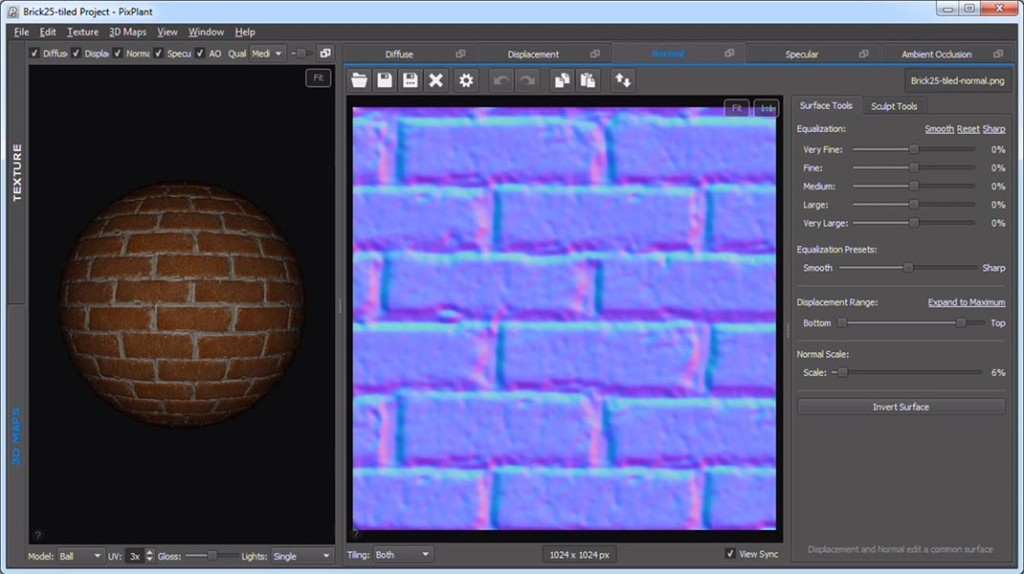

- PIXPLANT AND VRAY FOR ARCHVIZ FOR FREE
- PIXPLANT AND VRAY FOR ARCHVIZ HOW TO
- PIXPLANT AND VRAY FOR ARCHVIZ FULL
- PIXPLANT AND VRAY FOR ARCHVIZ SOFTWARE
- PIXPLANT AND VRAY FOR ARCHVIZ PROFESSIONAL
PIXPLANT AND VRAY FOR ARCHVIZ SOFTWARE
The post-production (rendered sequence assembly) is made with Premiere Pro, you can use any other software for editing, that as well comes with a free trial. So I guess you covered on the rendering side.
PIXPLANT AND VRAY FOR ARCHVIZ FOR FREE
You can also use V-Ray NEXT for FREE for 30 days. I’m not sure how it will work with older versions of V-Ray, so it’s up to you if you want to experiment. Yes, you do need to have V-Ray NEXT if you want to render faster and noise-free. From basics to advanced realistic-looking simulations with Phoenix FD for 3Ds Max and VRay 5. You can use Phoenix FD for FREE for 30 days – This is as much as you need to do online class! So take next month to work on YOUR REEL! This class designed to teach you in the most efficient way with STEP-by-STEP video tutorials.

PIXPLANT AND VRAY FOR ARCHVIZ HOW TO
Work Smart – Be a Pro – Learn VFX for ArchVIZ If you FEEL like your renders need a High-Quality boost? Add VFX and Make ArchVIZ Look Amazing! Our online class will teach you how to make realistic water, fire, and smoke from scratch. Start a scene, or use one you have created and start a WIP thread and ask for input.VFX for ArchVIZ is the ultimate class for creating your DEMO REEL! Ask about modeling, or how to improve a specific material, or lighting, of final composition. Posting an image and asking how I can improve this might not get you to specific answers you need.
PIXPLANT AND VRAY FOR ARCHVIZ FULL
You found a forum that is full of people willing to help, but try to ask specific questions to get a faster and more effective response. Try to really study a set of drawings and understand what each line represents and how to navigate the drawings to find the details and finishes. They both really appreciate when you can model a building or space with very little input, or be able to troubleshoot and design solutions on your own. In the end, you don't need a degree to work in this field, but being able to understand architectural drawings and what the designers intent and that the clients want is big, knowing the lingo helps. Start with something simple and model that, then work on the lighting and materials and work your way through more and more complex scenes. You need to build up experience and a portfolio.

Is it really a must nowadays in archviz, having on the internet so many models for free or very cheap?īased on your experience, probably not unless you're willing to work as an unpaid or very low paid intern to shadow someone and learn from them. On the other hand, I made the archviz of a reform of a kitchen, for a particular person.Įspecially I am interested in your opinion about the need of advanced modeling knowledge. My "work experience" consist, on one side, in two projects (interior renders) for a ceramic tile company, in wich the ceramic textures were given to me by them.
PIXPLANT AND VRAY FOR ARCHVIZ PROFESSIONAL
I consider my level of vray ilumination minimally acceptable, although I don't know if it would be acceptable in a professional level.Ħ. Usually I use material libraries, sometimes modifiying something in them.ĥ. I am able to make basic materials (with diffuse, bump and reflection maps, sometimes displacement), but always with downloaded or given textures. All minimally complex objects that my projects include have been downloaded.Ĥ. I know the basics of the 3d CG objects, as well as the basic commands, but I barely know how to model anything from scratch, beyond architectural structures and very simple furniture (made out of boxes with simple chamfers), booleans, and simple objects made out of splines (objects made with the lathe modifier, for example). Pixplant: In order to create big textures from tiny ones automaticaly.ģ. Inpaint: In order to erase watermarks on textures Marvelous designer: only in order to create blankets and towels falling on objects. I only use it to create ceramic textures of walls and floors, done from a single downloaded or given image (tile), to crop images, to create simple bumps/reflection maps, and for modify the contrast and brightness of the final renders. Lumion 6: But most probably I will switch to Twinmotion 2018. The programs I have used (and my level in them) in my projects are:ģds max + vray: These are the ones that I better handle. I don't have any artistic or technical background of any kind, like it could be: drawing, design, architecture, photography, interior design, etc.Ģ. Hi, I've been something like a year and a half learning and practicing self-taught in my spare time, and I would like to know the opinion of the archviz professionals, from your criteria and experience, about what possibilities I would have to find a job in this area if I started looking for it right now, given the following factors:ġ.


 0 kommentar(er)
0 kommentar(er)
